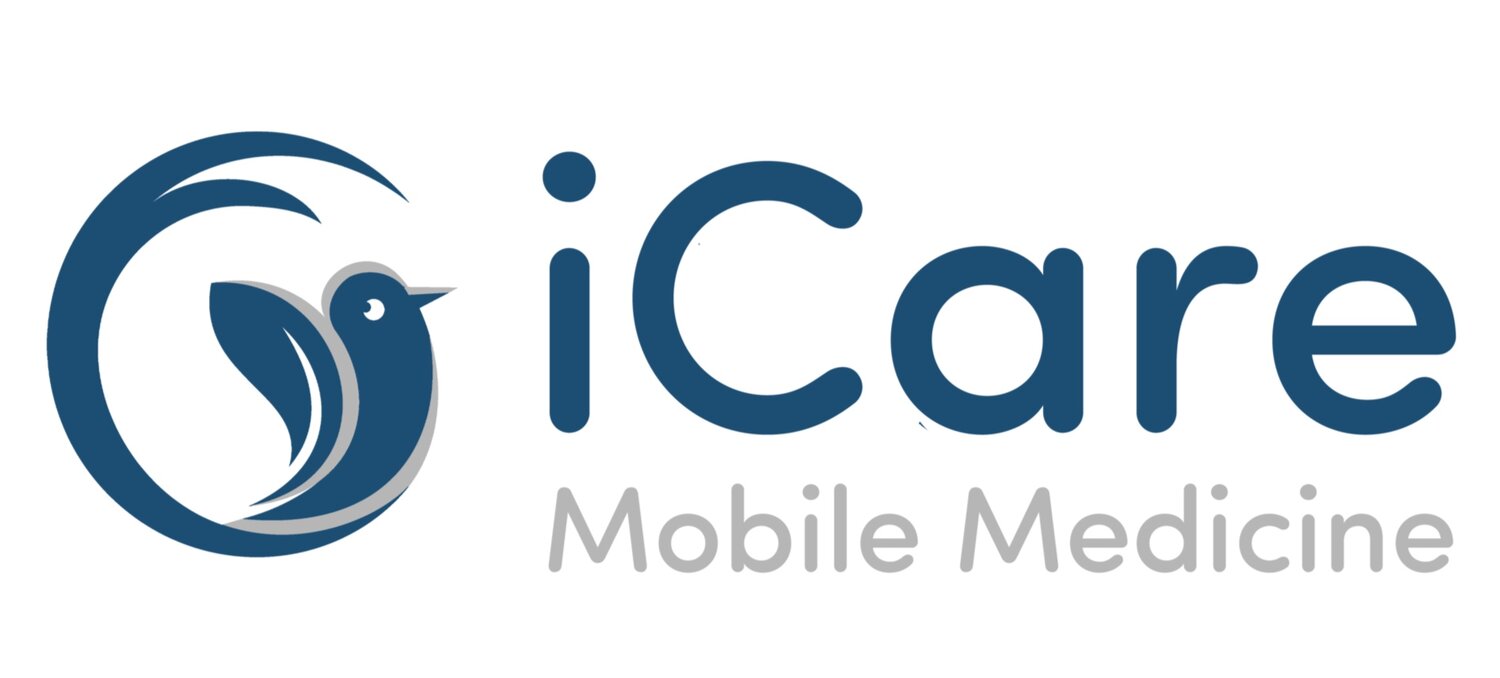Skin rash
What Is a Rash?
A rash (also called dermatitis) is an area of skin that is irritated, swollen, or inflamed. Every rash is different. Some are itchy, painful, and red, while others cause welts, blotches, small bumps, or large blisters. Rashes can also affect one area of skin or multiple areas.
They may come on quickly or develop over time. Though they can be upsetting, bothersome, and painful, most rashes aren’t contagious or dangerous to others.
For a mild rash with no other symptoms, it’s OK to wait and see if the rash goes away on its own in a few days. If not, over-the-counter (OTC) treatments and home remedies treat many rashes. However, if a rash lasts for a few days, spreads, becomes painful or infected, or you develop a fever, see your doctor. You may have a medical condition that requires treatment.
Rash symptoms
While different rashes cause a wide array of symptoms, generally, a rash involves a change in the skin’s color, feeling, or texture.
Some specific symptoms of a rash include:
Dry, red, itchy skin
Small blisters or bumps
Thick pink or red patches on the skin
White or silvery scales on the skin
Painful patches of skin
Scaly scalp
General itchiness
When to seek care
If you experience severe symptoms or if signs of a new rash don’t go away on their own within a week, contact your provider.
They can determine the cause of the rash as well as the best treatment option.
Resources:
